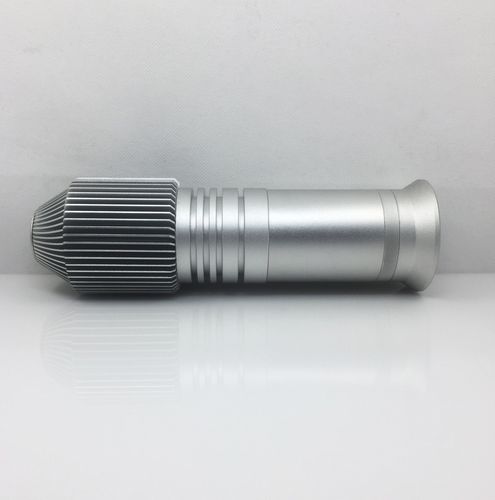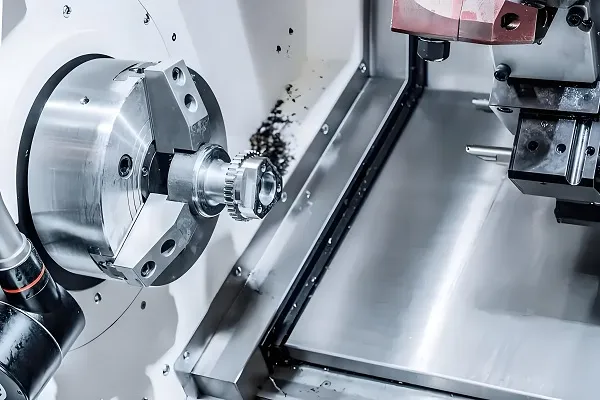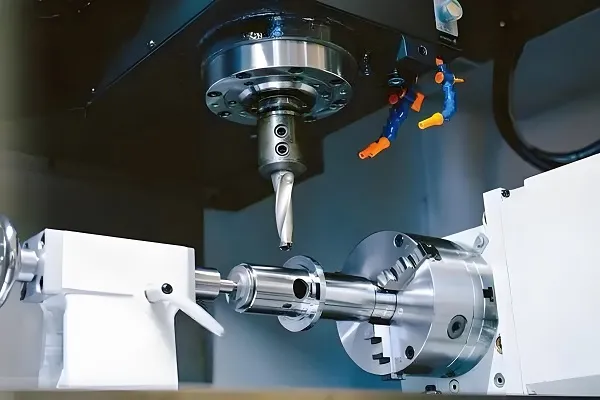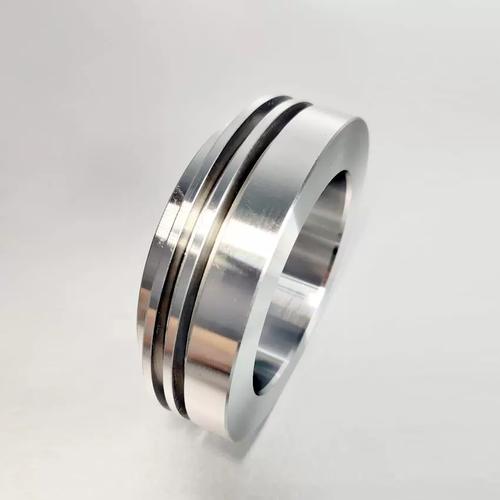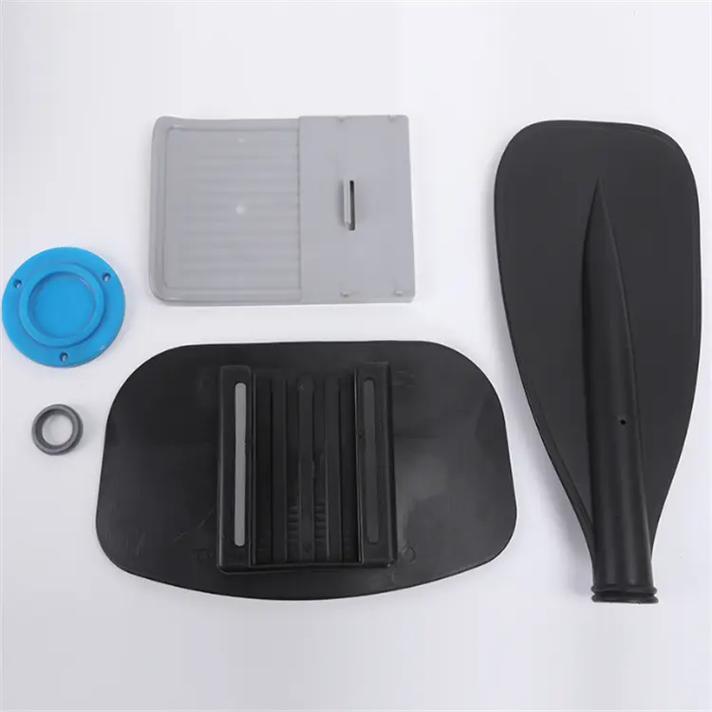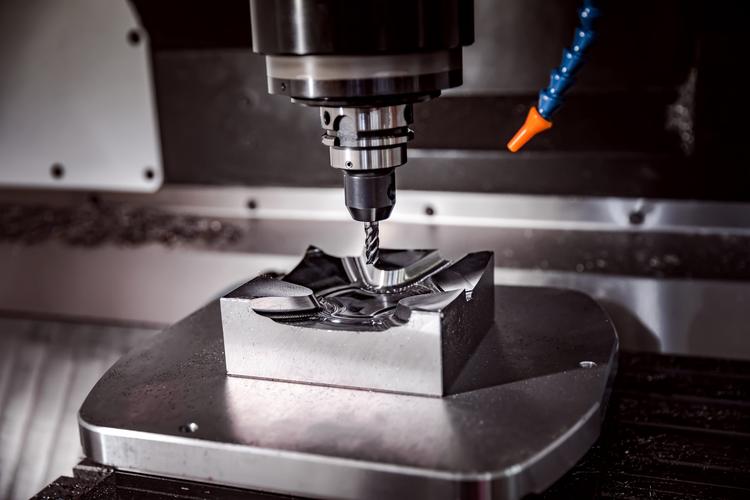Answer
Custom CNC machining is a manufacturing process that uses computer numerical control (CNC) technology to precisely carve, cut, or shape raw materials into custom-designed parts. It begins with a digital 3D model or CAD drawing, which is converted into machine-readable instructions. CNC machines—such as mills, lathes, and routers—automatically execute these instructions. Capable of handling diverse materials like metals (aluminum, steel, titanium), plastics (ABS, PEEK), and composites, it offers high precision, repeatability, and the ability to produce complex geometries. This makes it ideal for prototyping, small-batch production, and high-volume manufacturing across aerospace, automotive, medical, and other industries.
Technical Analysis: A Multi-Dimensional Interpretation of Custom CNC Machining
1. Core Technical Principles
The core of custom CNC machining lies in integrating computer instructions with automated machine tools. Designers first create a 3D part model using CAD (Computer-Aided Design) software, defining dimensions, shapes, and tolerances. CAM (Computer-Aided Manufacturing) software then converts the model into G-code—a programming language for CNC machines—specifying tool paths, cutting speeds, feed rates, and other parameters. The machine’s servo motors control tool movement based on G-code, shaping raw materials through milling, turning, drilling, grinding, etc. For example, 5-axis CNC mills move tools in five directions simultaneously to machine complex aerospace engine blades.
2. Equipment Types and Application Scenarios
- CNC Mills:Rotate cutting tools to mill workpieces, suitable for machining planes, slots, and contours. 3-axis mills handle basic shapes, while 5-axis or higher machines process complex surfaces like molds or medical device casings.
- CNC Lathes:Specialize in rotating parts (e.g., shafts, discs). The workpiece spins as the tool moves axially/radially, ideal for automotive components and screws.
- CNC EDM (Electrical Discharge Machining):Uses electric sparks to erode materials, suitable for hard metals (tungsten carbide) and intricate internal shapes—e.g., precision cavities in injection molds.
- CNC Laser Cutters:Employ high-energy laser beams to melt/vaporize materials, offering high-precision and speed for sheet metal and thin materials.
3. Material Applicability
- Metals:Aluminum’s light weight and machinability make it popular in aerospace/automotive; stainless steel’s corrosion resistance suits medical devices/food equipment; titanium’s high strength and heat resistance is ideal for engine components and orthopedic implants.
- Plastics:ABS is cost-effective for consumer electronics casings; PEEK’s high strength and heat resistance makes it suitable for aerospace/medical critical parts; acrylic’s transparency is used in displays and optical components.
- Composites:Carbon fiber-reinforced polymers (CFRP) offer high strength-to-weight ratios for aerospace and racing structures but require special tools to prevent fiber tearing.
4. Customization Advantages and Industry Applications
- High Precision & Complex Design:CNC machining achieves tolerances as tight as ±0.001 mm, enabling complex geometries like turbine blades with internal cooling channels—difficult for traditional machining.
- Rapid Prototyping:Converts designs to physical prototypes quickly during product development, accelerating design validation and iteration.
- Small-Batch & Mass Production:Adapts flexibly to small batches (e.g., personalized medical devices) and ensures consistency in mass production via optimized programming and tooling.
- Industry Applications:Manufactures engine components and airframes in aerospace; produces engine blocks and drivetrain parts in automotive; customizes implants/surgical tools in medical; machines phone casings and precision connectors in electronics.
5. Production Workflow and Quality Control
- Design & Programming:After CAD modeling, CAM engineers generate G-code and simulate machining via software to check for interference or over-cutting.
- Material Preparation & Fixturing:Raw materials are cut to size and clamped firmly on the machine to ensure stability.
- Machining & Monitoring:The machine processes according to G-code, with sensors monitoring parameters like cutting force and temperature in real time to adjust for quality.
- Quality Inspection:Post-machining, tools like calipers, micrometers, and CMM (Coordinate Measuring Machines) verify dimensions, while microscopes check surface quality.
6. Cost Factors and Optimization Strategies
- Material Costs:High-performance materials like titanium or PEEK are expensive; using standard-sized materials reduces waste.
- Machining Complexity:Complex shapes and tight tolerances increase processing time and difficulty. Design optimization—avoiding unnecessary features—lowers costs.
- Batch Size:Small batches have high setup/programming costs; mass production reduces unit prices by spreading fixed costs.
- Surface Treatments:Processes like anodizing or plating add costs; choose treatments based on actual needs.
With its high precision, flexibility, and wide material adaptability, custom CNC machining is indispensable in modern manufacturing. By understanding its principles and selecting equipment/processes rationally, enterprises can efficiently produce high-quality parts for diverse needs.

